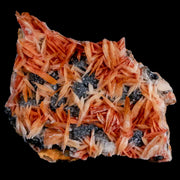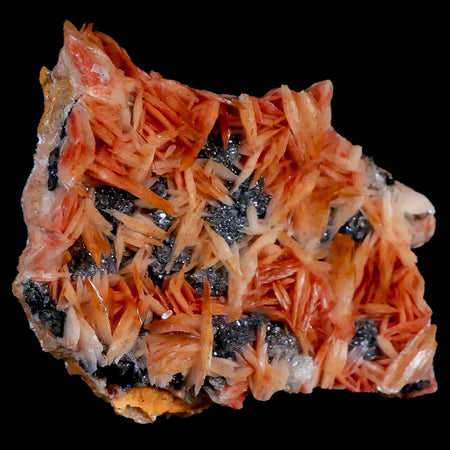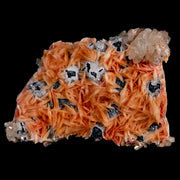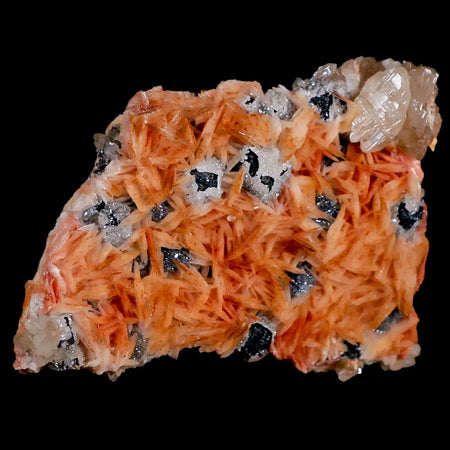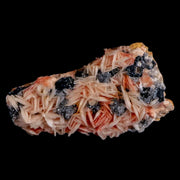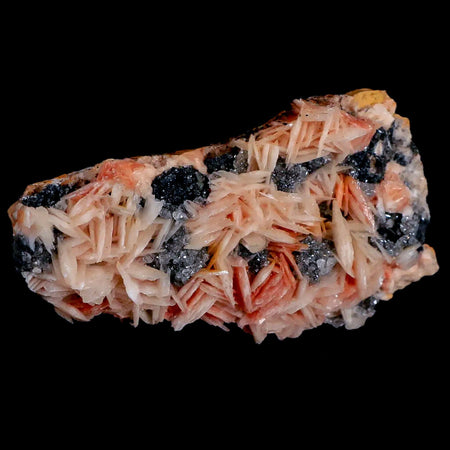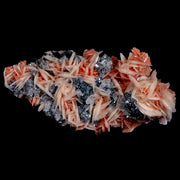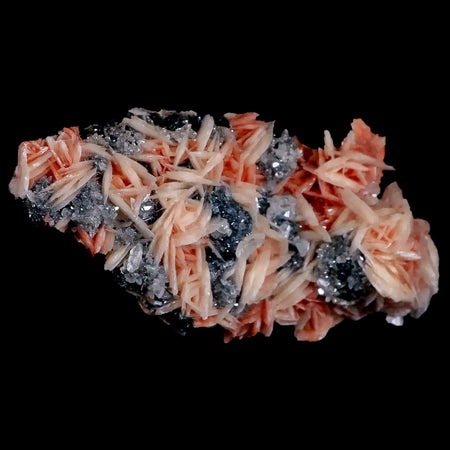1" Champsosaurus Gigas Reptile Vertebrae Cretaceous Hell Creek MT COA & Stand
Location: Hell Creek Formation, Glendive Montana (Private Land Origin)
Weight: 0.5 Ounces
Dimensions: 1 Inch Long, 0.9 Inches Wide, 0.7 Inches Thick
Comes with a Certificate of Authenticity.
Comes with a free Acrylic Base (Stand) & Mineral Tack.
The item pictured is the one you will receive.
This is a real fossil.
Name: Champsosaurus (Crocodile lizard.).
Diet: Carnivore/piscivore.
Size: Depending upon the species, anywhere between 1.5 and 3.5 meters long. Known locations: Canada and the USA.
Although Champsosaurus looked like a crocodile and almost certainly lived like a crocodile, the genus was actually a member of the Choristodera. This is a separate group of diapsid reptiles which means that despite the physical similarity, Champsosaurus was not related to the modern crocodiles that we know today.
Out of all the modern types of crocodiles, Champsosaurus is most similar to the gharial. The snout is long and thin which may indicate a specialization for hunting smaller organisms such as fish. The rear proportion of the skull, however, is greatly expanded allowing the placement of very large jaw-closing muscles. This may indicate that Champsosaurus had a surprisingly powerful bite given their narrow snouts. However, an alternative explanation might be that the muscles were fast-acting as opposed to powerful so that the jaws could close quickly around fast-moving prey.
Champsosaurus has a long taxonomic history that dates back all the way to the ‘bone wars’, a rivalry between Othniel Charles Marsh and Edward Drinker Cope in North America during the late nineteenth century. At the time of writing, there are currently seven recognized species of Champsosaurus, though in the past a great many more were once named. Almost one hundred and fifty years of study have seen some of these be identified as synonyms.
Many species of Champsosaurus were quite modest in size, though some, such as C. Gigas could approach up three and a half meters in length.













